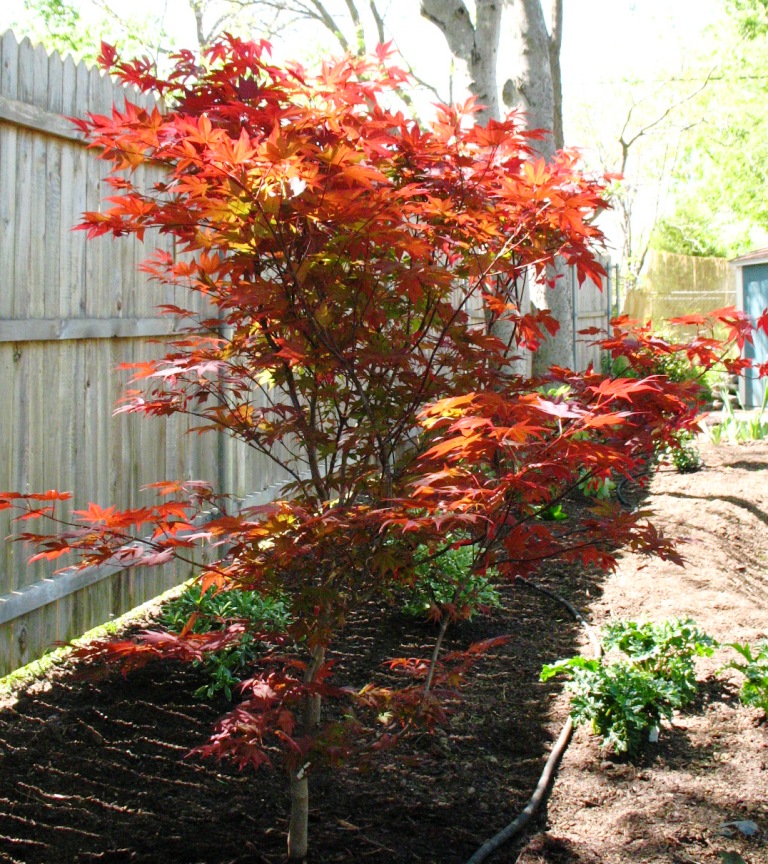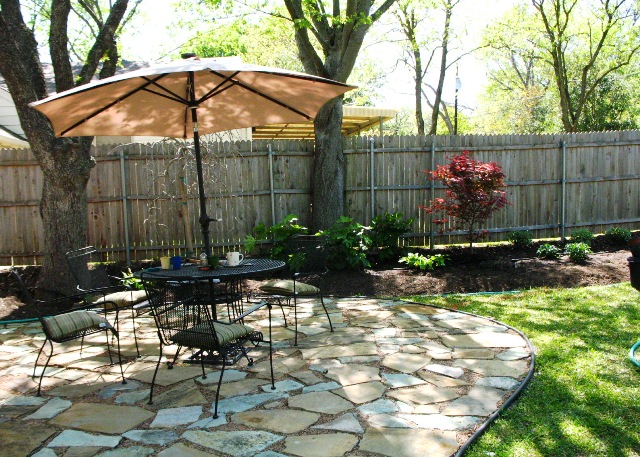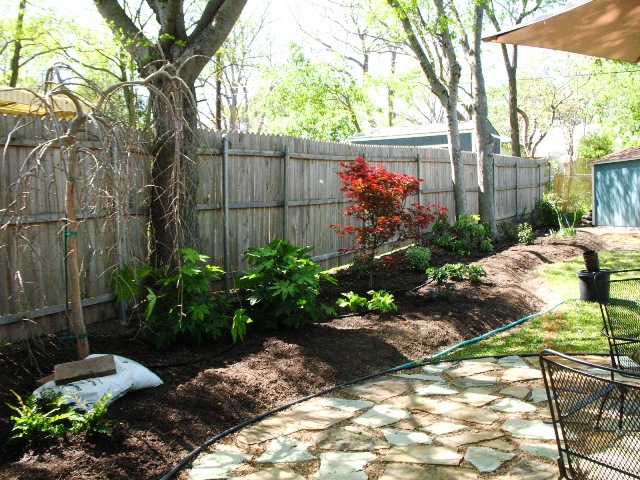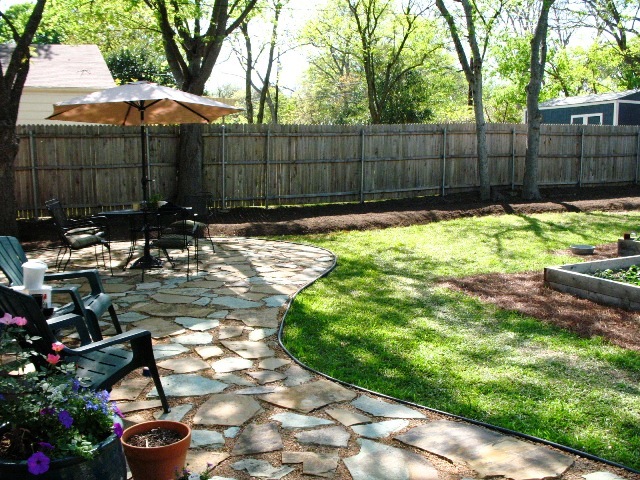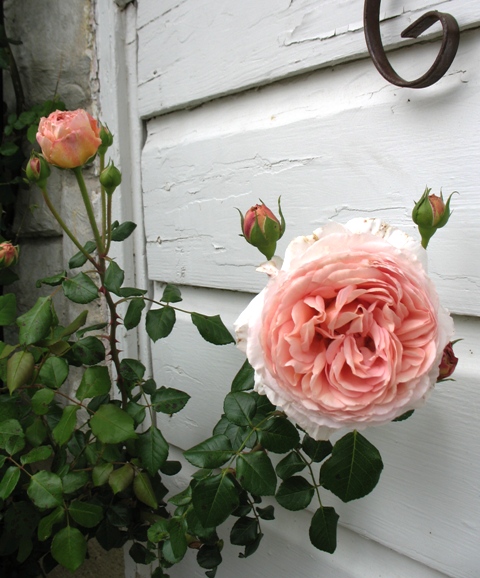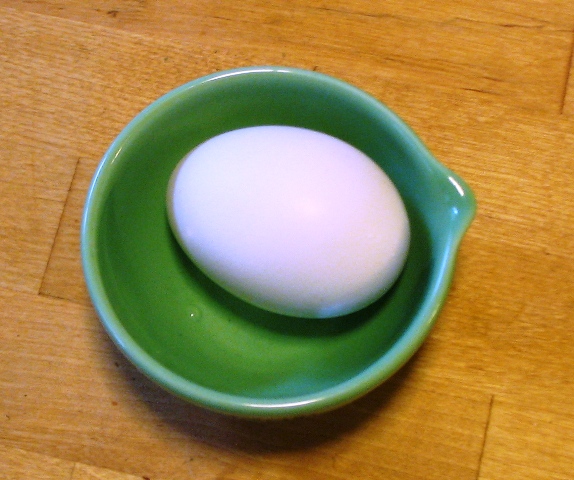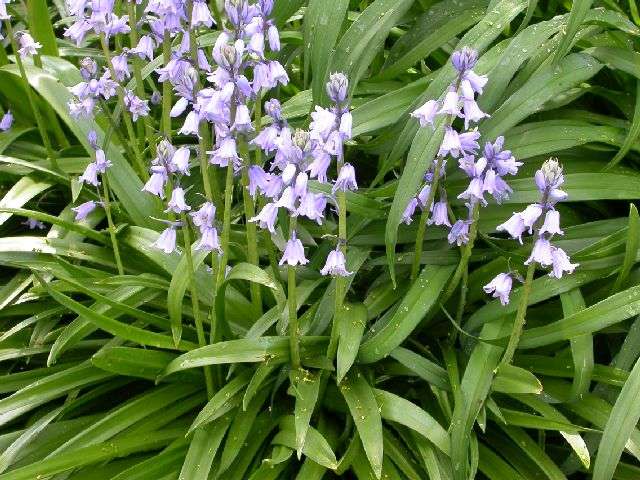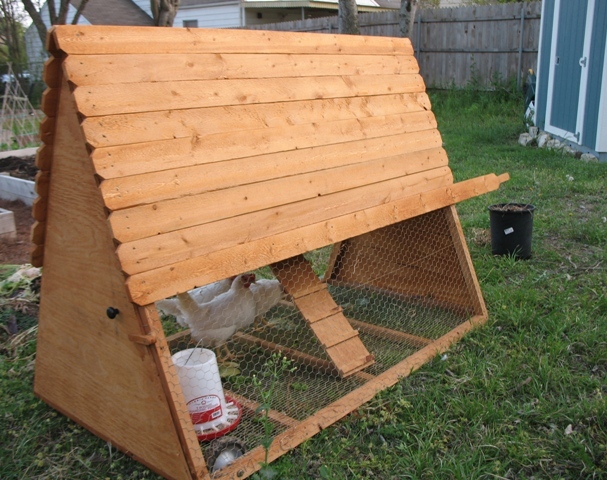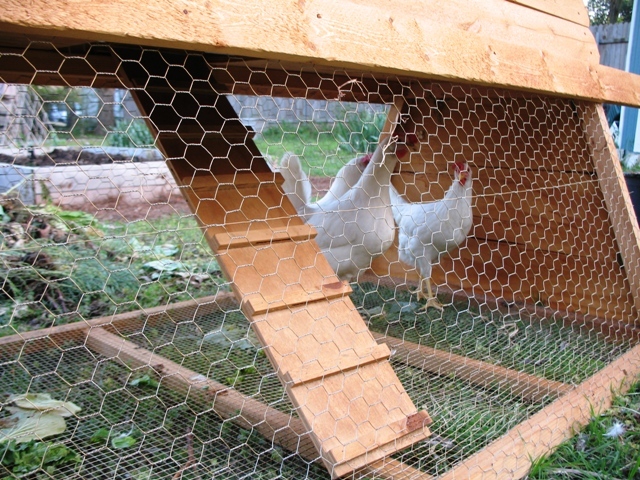New York Times Starter Garden Series…
April 9, 2009
I've been having some nice chats lately with Michael Tortorello who is writing a series of articles and blogging on the adventures of a gardening newbie for the New York Times. Our lengthiest conversations have been those about garden poop, or manure if you want to be technically proper. This time around he's posted on his trials and tribulations on starting seeds...it's a fun read.
http://topics.blogs.nytimes.com/2009/04/08/when-seedlings-slouch/

